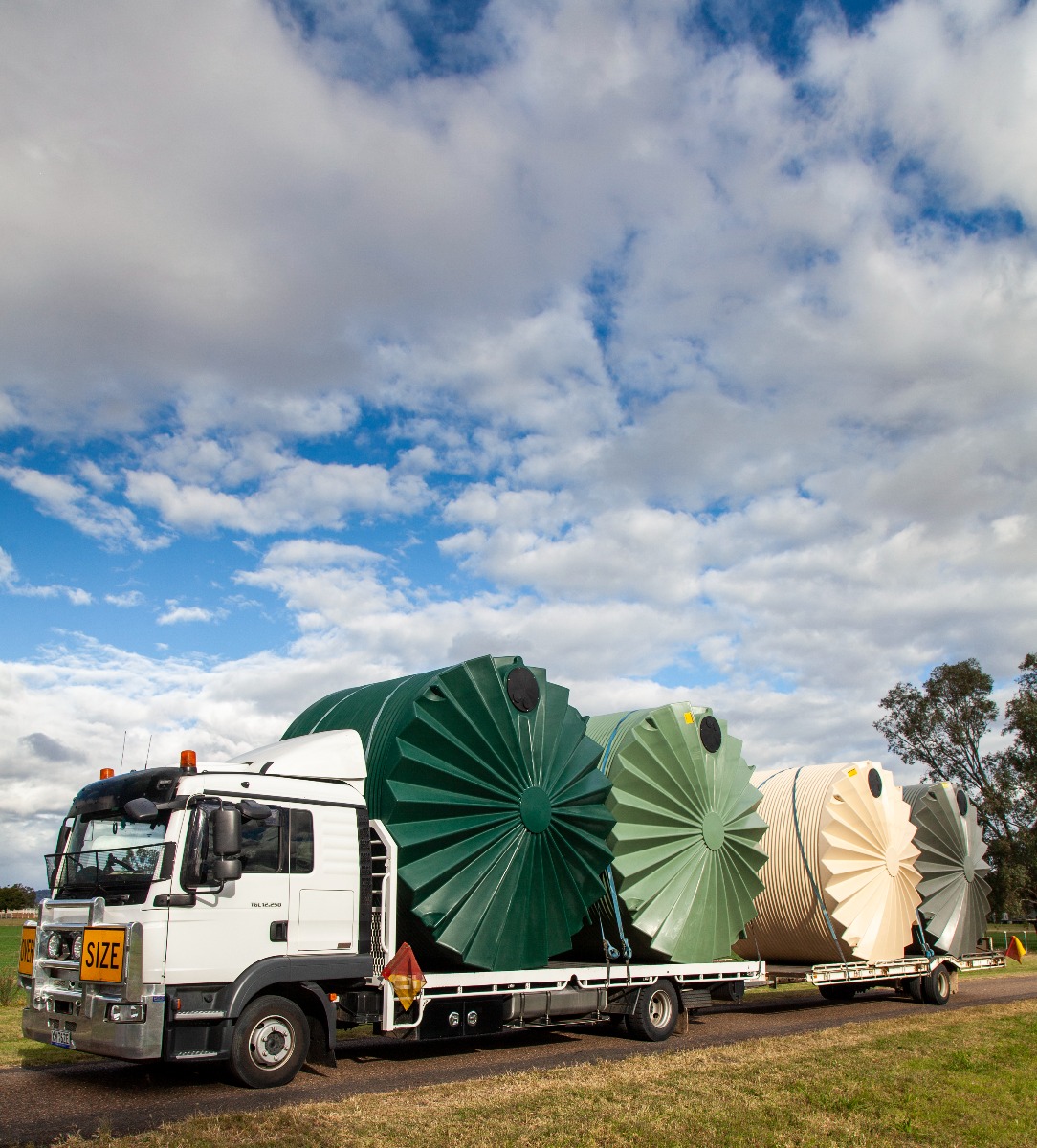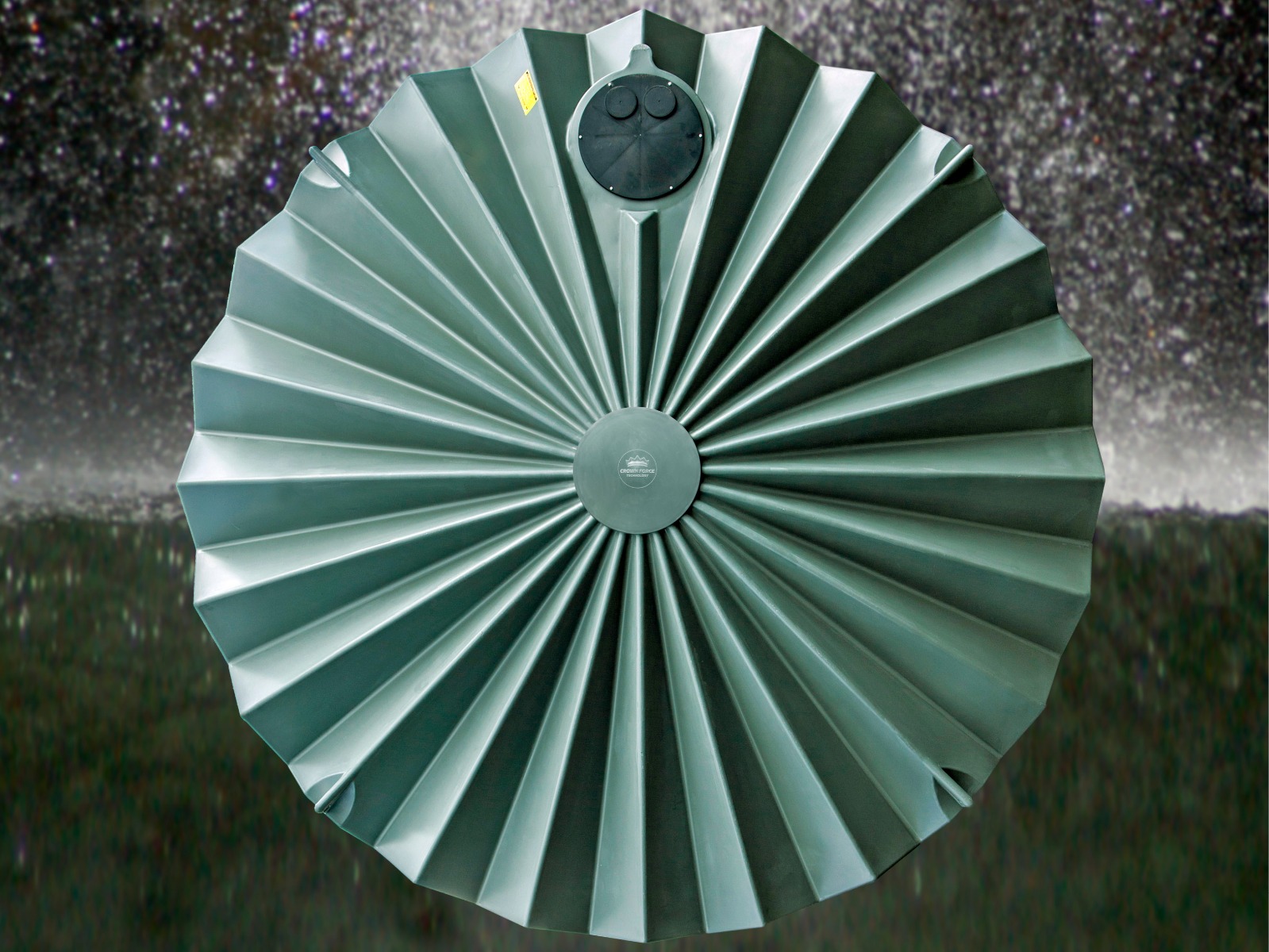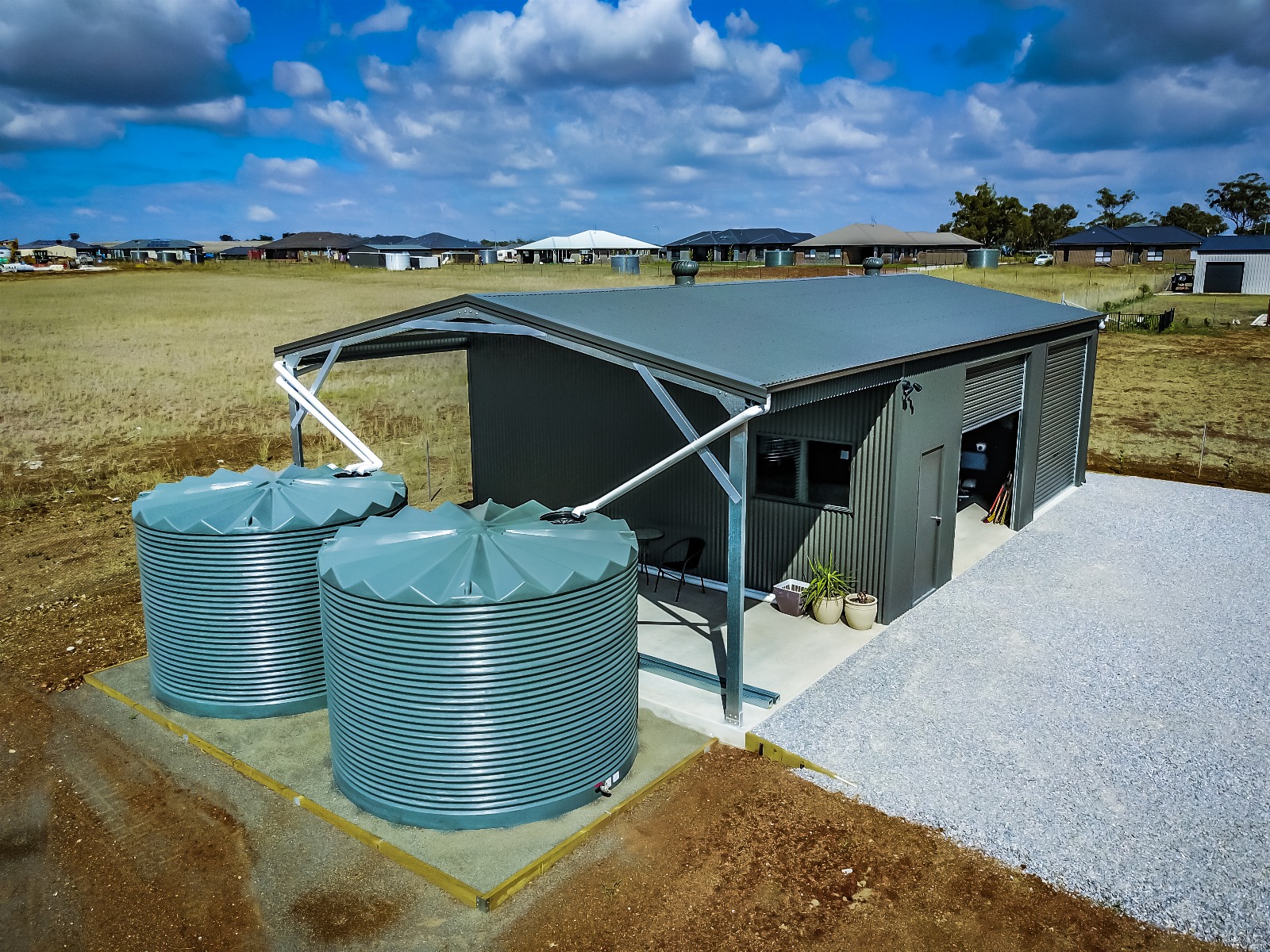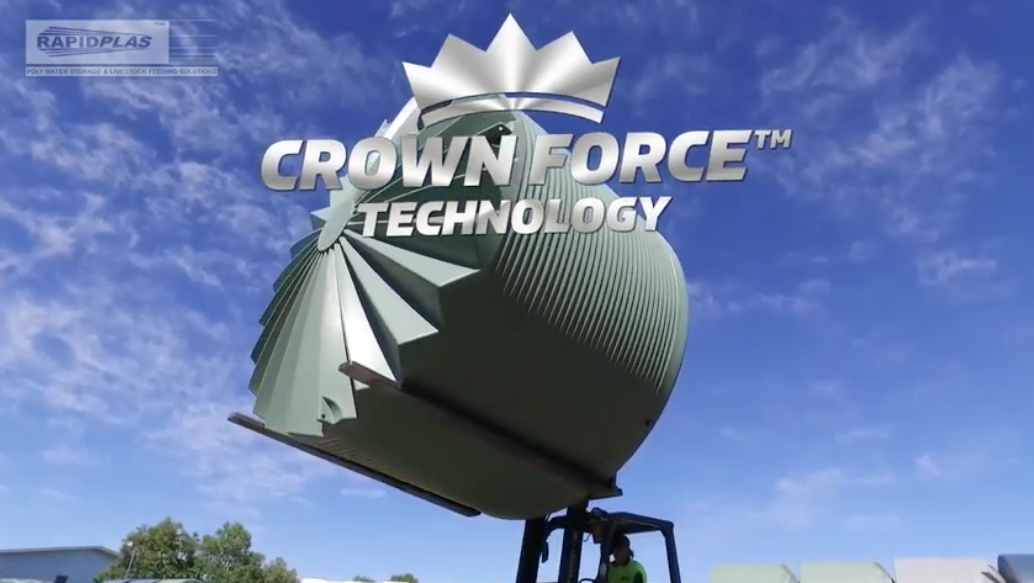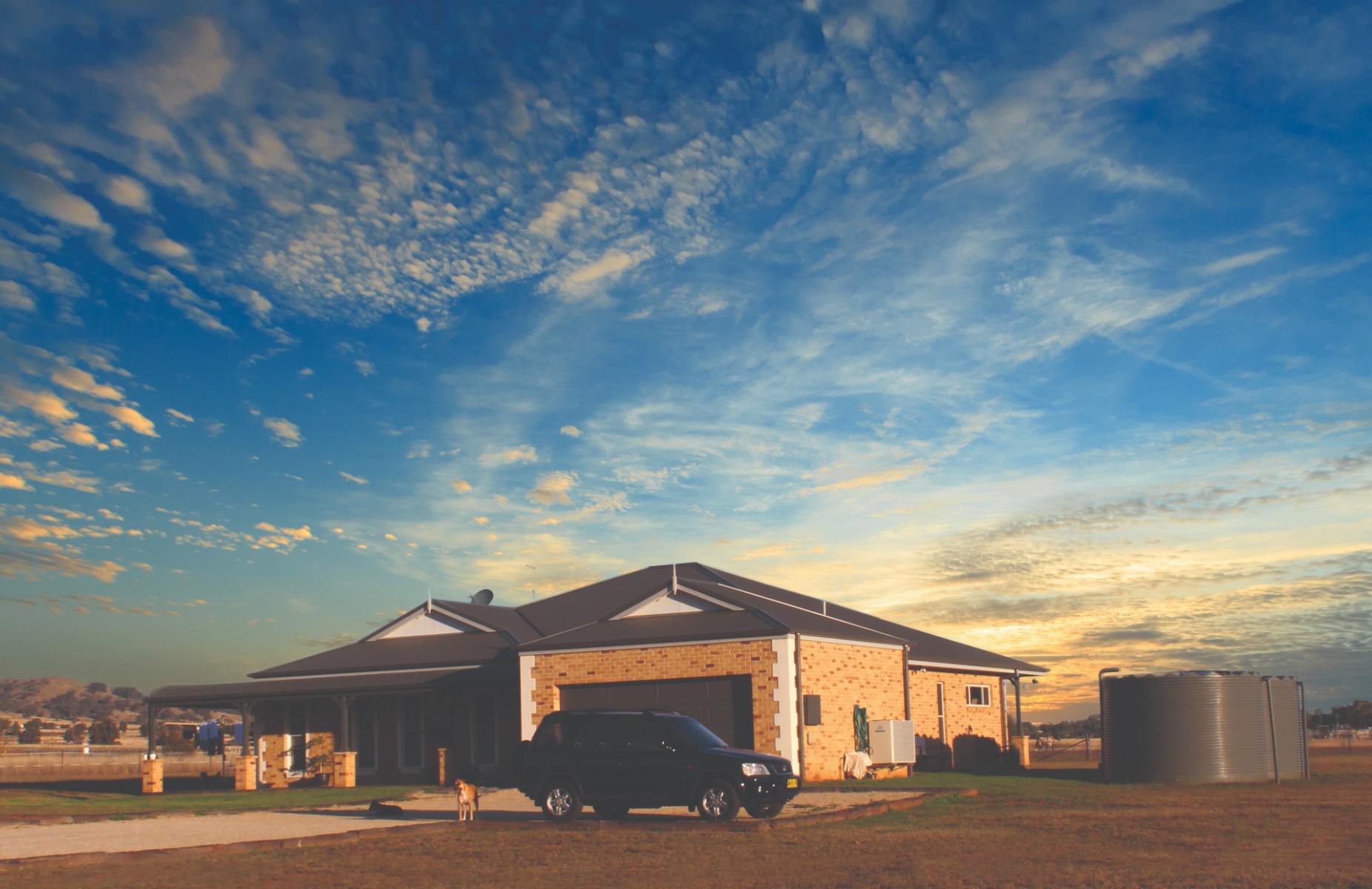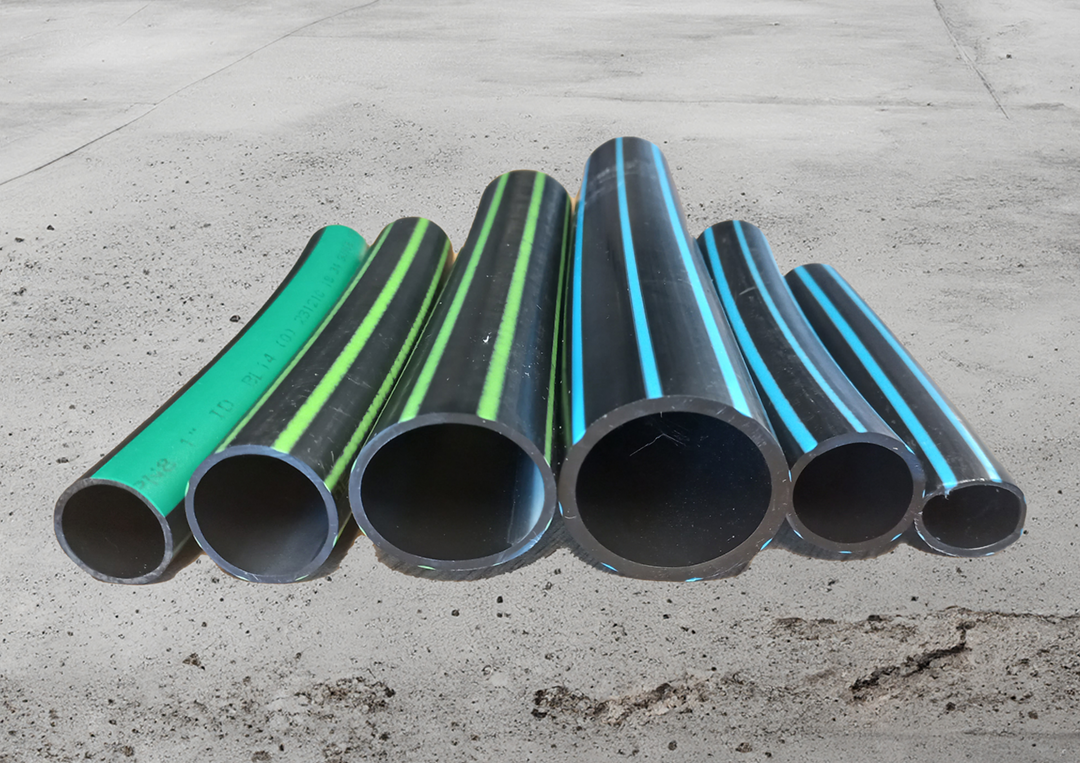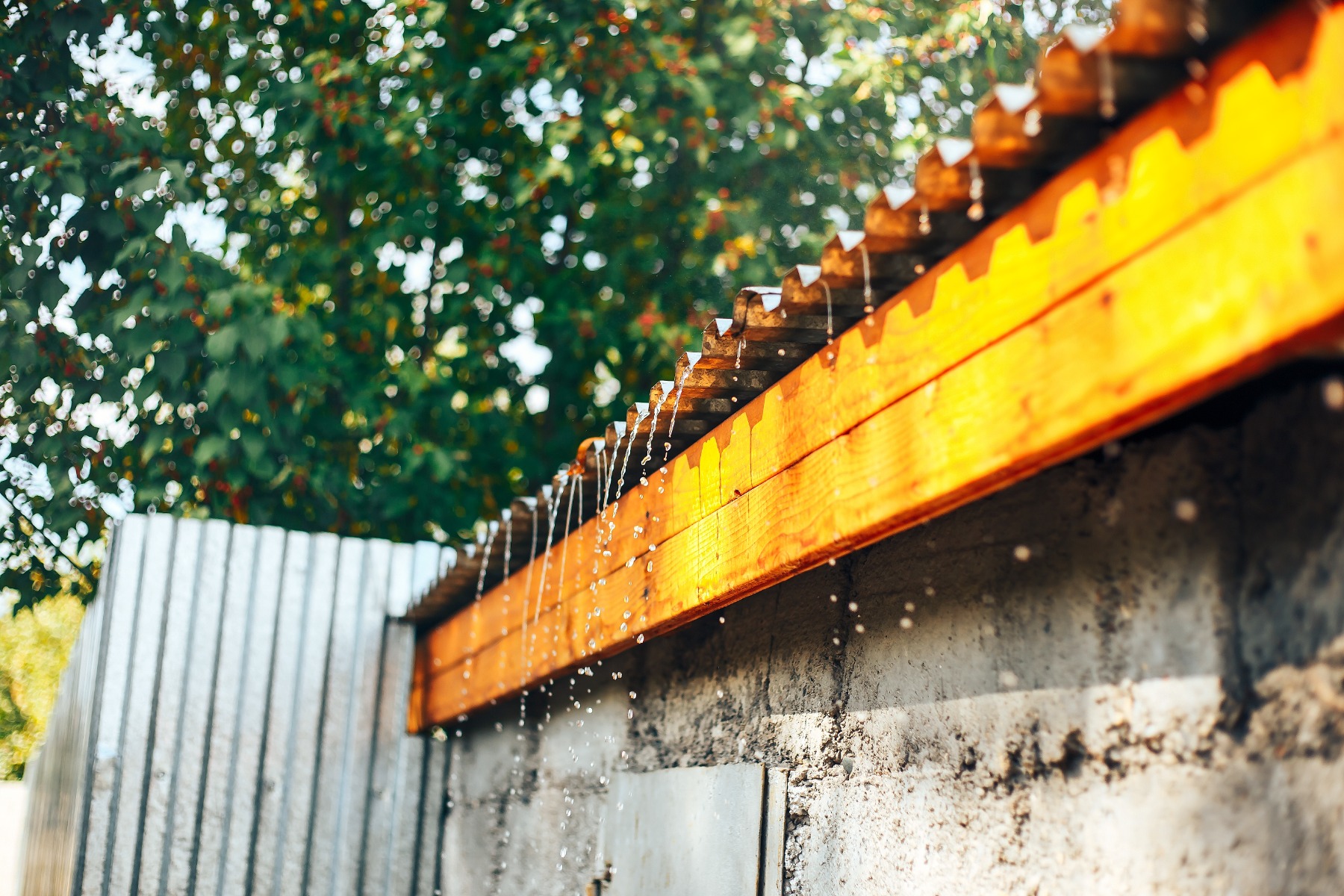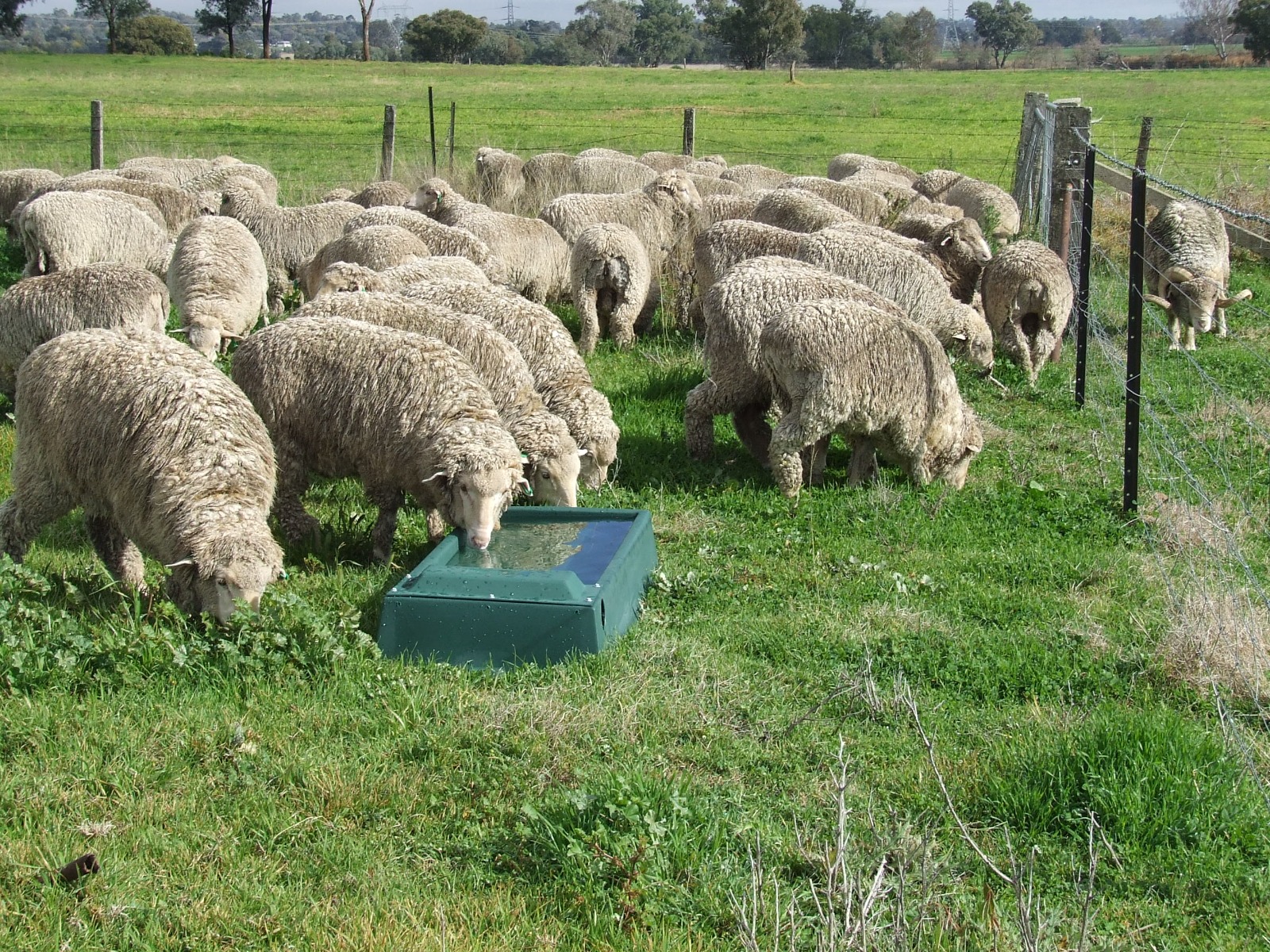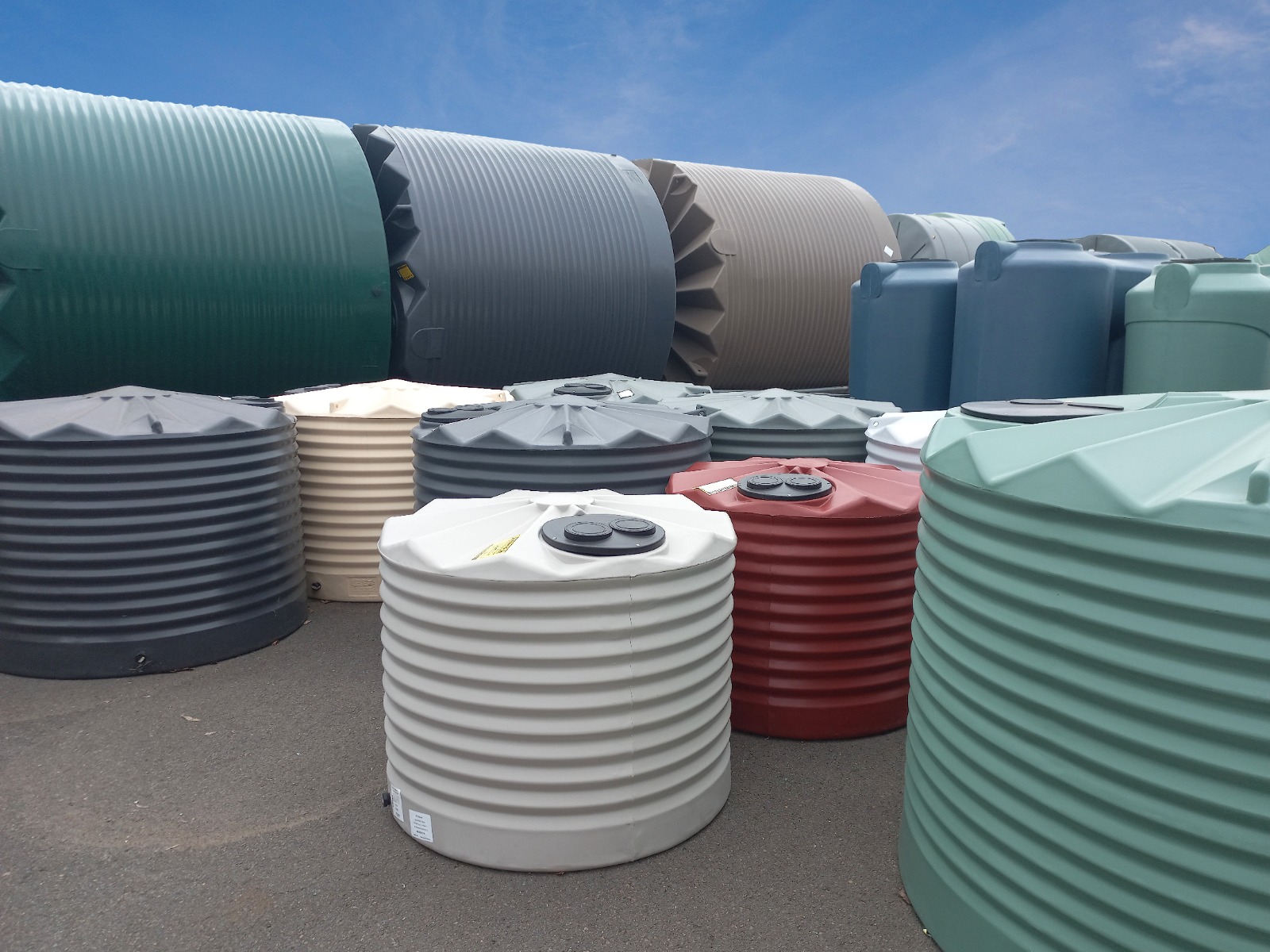This is probably the most common question that people ask.
While there is no standard answer, we can tell you the questions that you need to think about to get to an answer.
How much rain do you get?
Rainfall varies from one place to another. In New South Wales, average rainfall varies from over 2,300mm in northern coastal regions to less than 230mm in the far west. It is easy to find the average rainfall for your location from the Bureau of Meteorology website.
What is the size of the catchment that will be supplying the tank?
The catchment is simply the portion of your total roof area that rain falls on before draining, via the gutters, into your rainwater tank.
In theory, every millimetre of rain that falls on every square metre of catchment will deliver 1 litre of water into your water tank. In practice however, there will be some water losses to evaporation and first-flush devices, so let’s assume that 90% of the water that falls on your catchment is delivered to your tank.
In the table below, you can see the relationship between average rainfall and catchment area. Clearly, under any rainfall scenario, the bigger the catchment area, the more water you can collect.
|
|
Same rainfall, different catchment sizes |
Same catchment sizes, different rainfall |
||
|
Average rainfall |
750mm |
750mm |
550mm |
1,125mm |
|
Catchment size |
125 m2 |
350 m2 |
250 m2 |
250 m2 |
|
Collection factor |
90% |
90% |
90% |
90% |
|
Water collected |
84,375 litres |
236,250 litres |
123,750 litres |
253,125 litres |
How do you want to use your rainwater and how much will you need?
As rainfall adds water to your tank and as you use rainwater, the water level in your tank will continually change. Also remember that both rainfall and water usage vary throughout the year. Rainfall is typically lower during the summer months and water demand increases.
As a homeowner, you want water in your tank when you need it, so you’ll need to think about how you’re going to use the water. The best way to do this is with a water audit. Click here to learn how to conduct a water audit.
Let’s run the numbers!
Let’s think about the size of rainwater tank you’d need for the following scenario:
- You live in Tamworth, NSW with an average of 640mm of rainfall per year
- You have a house with a roof area of 200m2, and this has all been plumbed to drain into a water tank
- You’re a keen gardener and you want to use tank water to water your plants. Your hosepipe delivers 7½ litres of water a minute, and you expect to water for 60 minutes every second day in summer, 40 minutes every second day in spring and autumn and 20 minutes every second day in winter.
The maths of tank capacity, average rainfall, water-in and water-out demonstrates that a 3,500-litre tank would be suitable, but if you wanted the flexibility to water more often, you might want more storage capacity.
As a rule, you should get the largest tank that you can accommodate and that your catchment can serve, but this raises another question…
How much space do you for a tank (or tanks)?
Rainwater tanks come in a variety of shapes and sizes but make no mistake, rainwater tanks are big! On smaller blocks, locating a tank might be a challenge.
Slimline tanks are ideal for concealing under eaves. Many houses have a blind side with large expanses of wall space, and these are ideal locations because, as well as being out of the way, tanks are close to gutters for water collection. Also remember that you can build the capacity of your water storage by connecting tanks together.
If you’re prepared to do some plumbing, you can put your water tank anywhere you want to, and the pipes connecting your catchment to the tank can be concealed underground. Because water will only flow downhill, the one rule is that the water inlet on the tank must be at a level that is lower than the gutters on your roof. If you can do that and are happy to bury the pipes, you can pick your preferred spot!
-------
Rapid Plas have been making superb quality rainwater tanks in Tamworth for more than 30 years. Tanks are available in 24 different colours, range from 500L to 32,000L and a selection of shapes and styles, including round, slimline and super-slimline.
Ready to find out more? Talk to our expert team to find out how to configure your rainwater collection system and how we can help you. Call our team on 1800 816 299 or email sales@rapidplas.com.au with your enquiry.


